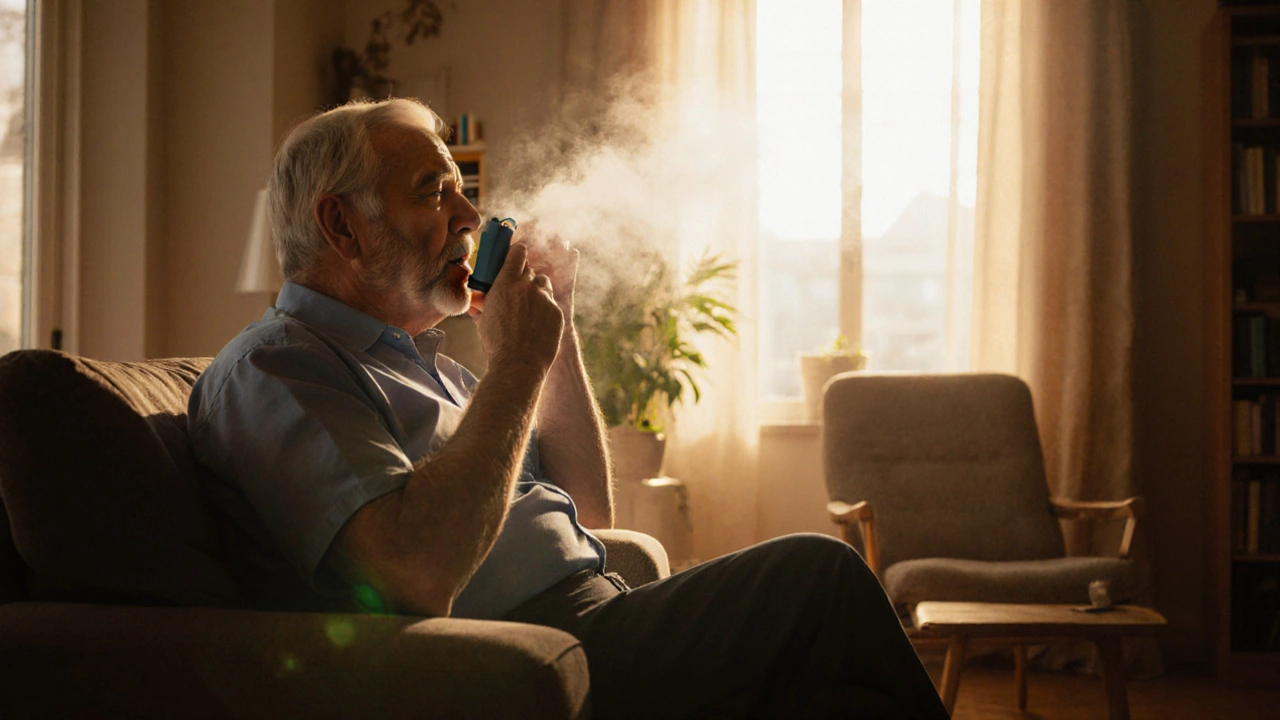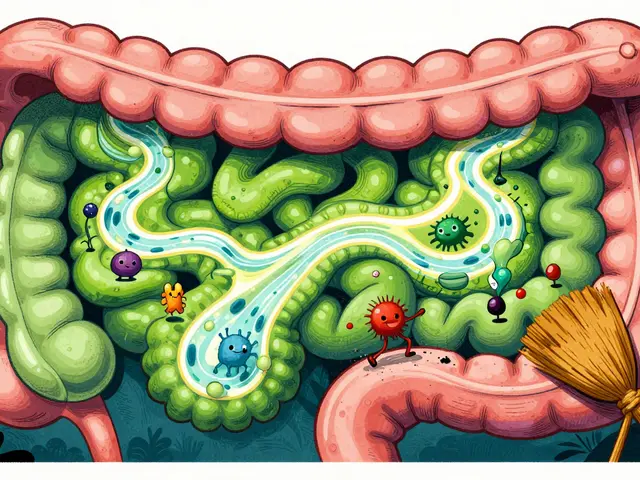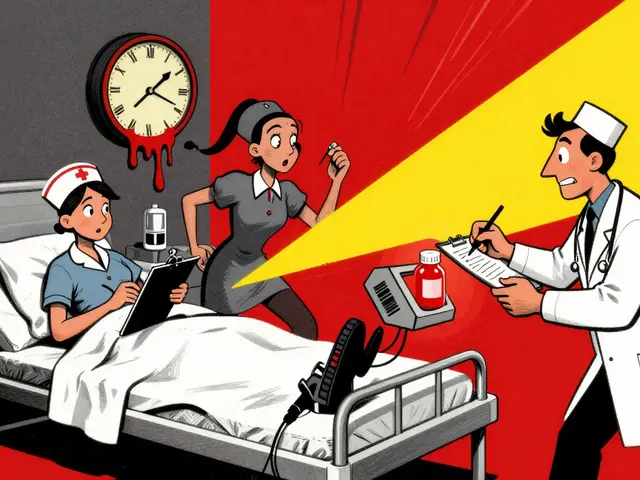Breathing Exercises for COPD: Simple Ways to Improve Lung Function
When you have chronic obstructive pulmonary disease, a long-term lung condition that makes breathing difficult, often caused by smoking or long-term air pollution exposure. Also known as COPD, it doesn’t just limit your lungs—it limits your life. But the good news? Simple, daily breathing exercises for COPD, structured techniques designed to help manage breathlessness and strengthen respiratory muscles can make a real difference. These aren’t fancy yoga poses or expensive gadgets. They’re practical, science-backed moves you can do sitting in your chair, watching TV, or walking to the mailbox.
One of the most effective methods is pursed lip breathing, a technique that slows down breathing and keeps airways open longer to improve oxygen exchange. You breathe in through your nose for two counts, then slowly exhale through pursed lips—like you’re blowing out a candle—for four counts. It’s easy, it’s free, and it works fast. Another key practice is diaphragmatic breathing, using your diaphragm instead of your chest muscles to breathe more efficiently. Lay on your back, place a hand on your belly, and breathe so your hand rises with each inhale. This helps your lungs expand fully, reducing the feeling of being winded.
These exercises don’t cure COPD, but they help you take back control. People who do them regularly report less panic during flare-ups, better sleep, and more energy for everyday tasks. They also reduce the need for rescue inhalers in many cases. And they pair well with other COPD tools—like oxygen therapy, pulmonary rehab, and even medications like Ventolin—without conflicting with them. You don’t need a trainer to start. Just 5 to 10 minutes a day, twice a day, is enough to see results over weeks.
What you’ll find below are real, practical guides from people who’ve lived with COPD and learned what works. Some posts compare breathing techniques with other treatments. Others explain how chest congestion worsens breathing problems or how certain meds interact with lung health. You won’t find fluff here—just clear, no-nonsense advice on how to breathe easier, stay active, and feel less trapped by your own lungs.






